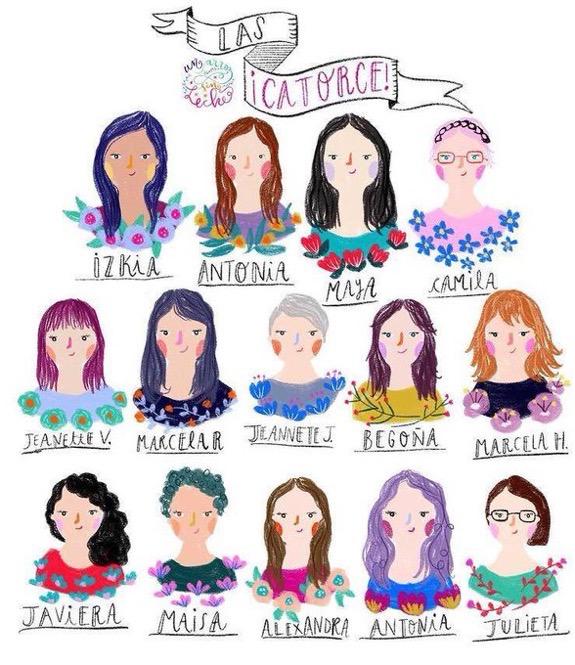
Chile sets an example: A rising percentage of women in government
The lack of women in positions of power in government is a major issue in Latin America. Chile's government is an outlier.
The beginning of 2022 presents good news in terms of gender equality in Latin American politics. Examples are the cases of Honduras and Chile, where the first woman in history was elected and has taken office as president of the Central American country, and half of new Chilean President Gabriel Boric's cabinet are women.
Cuando trabajamos en conjunto, conversando y apoyándonos, el camino se hace más fácil y provechoso. Hoy decimos que #TenemosEquipo para enfrentar los desafíos que vienen, con fuerza y energía por un Chile mejor! pic.twitter.com/7WKCvBavXJ
— Gabriel Boric Font (@gabrielboric) January 27, 2022
With relevant appointments in the Ministries of Defense, Interior and Justice, women will occupy 14 of the 24 positions at the top of departments of the Chilean government. The dynamic makes them the country with the highest female representation in the region with 58, or 33% of all government leadership.

Elsewhere, representation is bleak.
Nicaragua's government is 56.3% women, Costa Rica's is at 55.2%, and Colombia, has 50%. They are the only three countries in which women occupy at least half of the leadership positions in government.
“In the case of Latin America, three countries have had significant increases compared to the previous period, such as Colombia (+22.41), Costa Rica (+23.74) and Mexico (+17.61). Since 2018, Costa Rica has had a cabinet made up mostly of women with 55.17% and Colombia a joint cabinet with 50%,” read the ECLAC analysis on the percentage of women in ministerial cabinets.
The report also revealed that Latin America and Caribbean maintain a slow increase in the participation of women in these public positions. Even though it increased 3.5 percentage points compared to the previous year, the region remains far from achieving equal participation.
RELATED CONTENT
The analysis showed that "the regional averages of women's participation by type of ministerial portfolio are concentrated in the social area and participate less in political and economic areas."
See here the percentage of each country.
From organizations such as UN Women they also point out that in the world women only occupy about 6% of public positions in which they exercise true positions of power. By this they mean that, for the most part, the portfolios assigned to this sector are made to meet political quotas and not out of true conviction, relegating them to less relevant positions, as far as politics is concerned.
Likewise, the organization seeks to promote a consensus in which there is true democratic gender parity in every country, where women always represent at least 50% of the positions of power in each nation.
Click here for UN Women's full analysis of Women in Politics.










LEAVE A COMMENT: